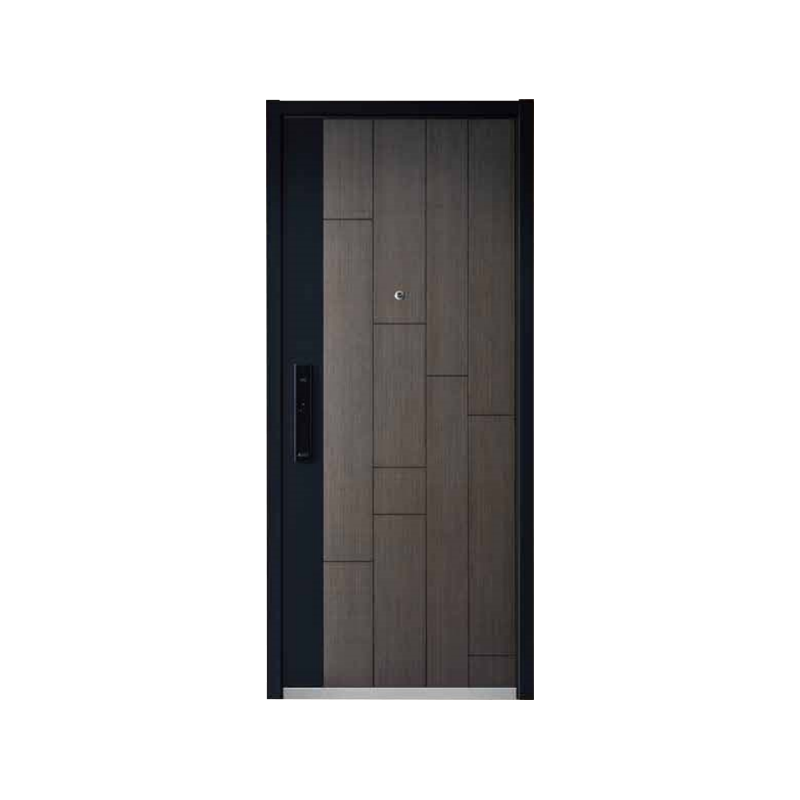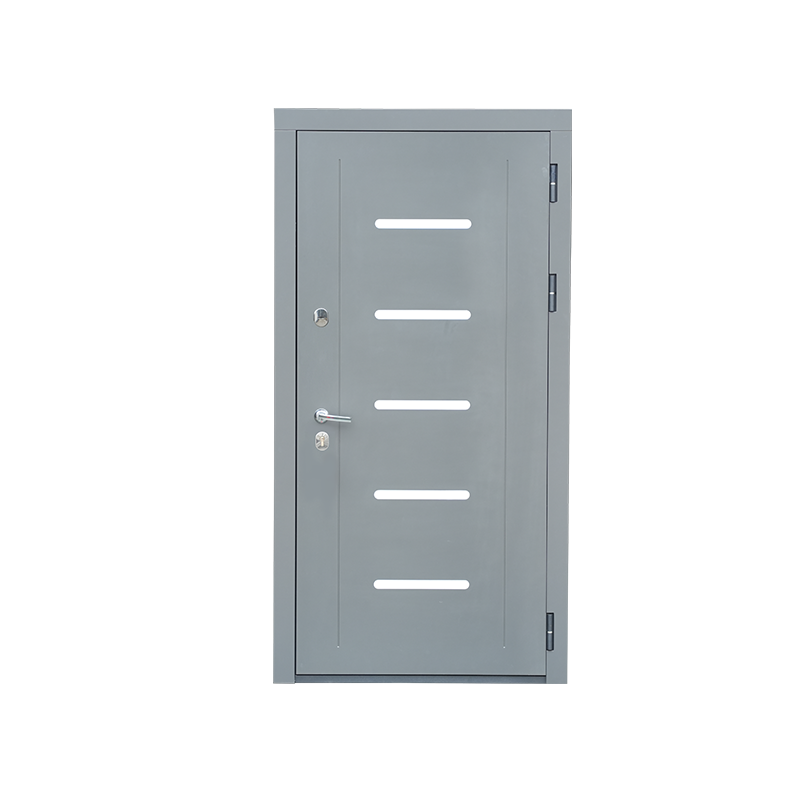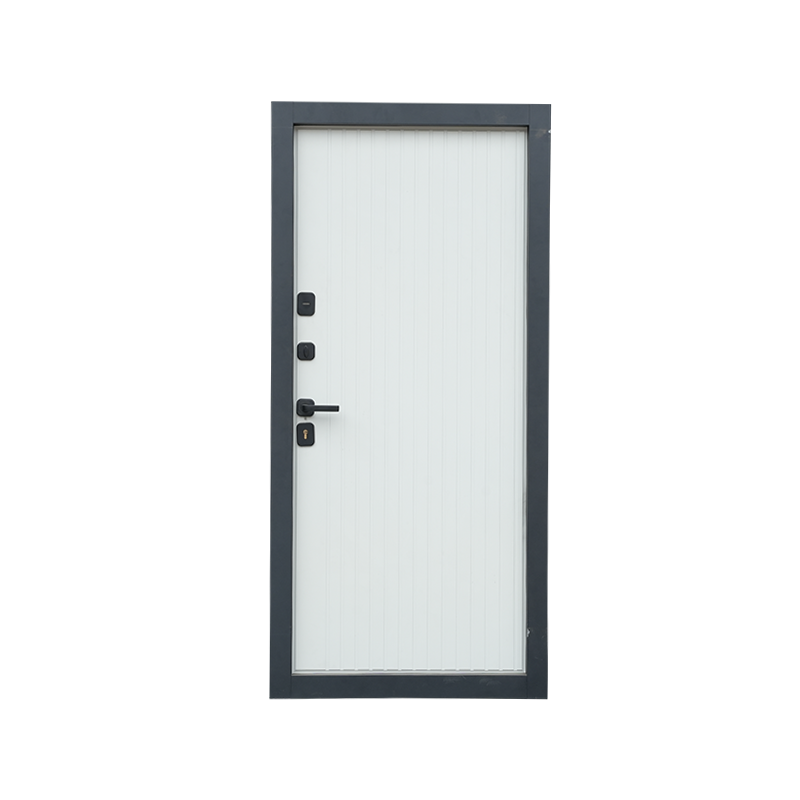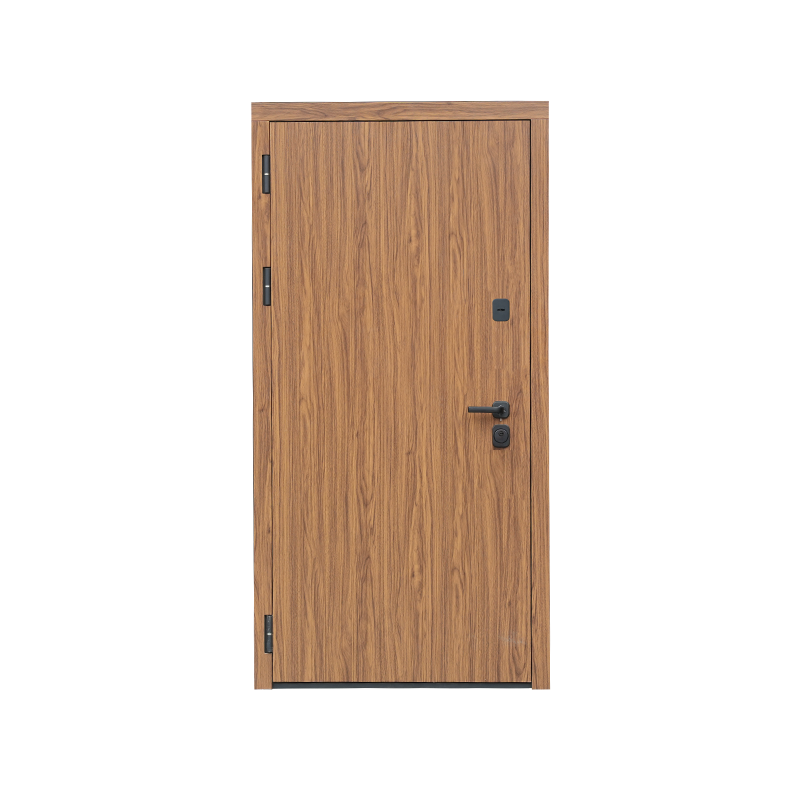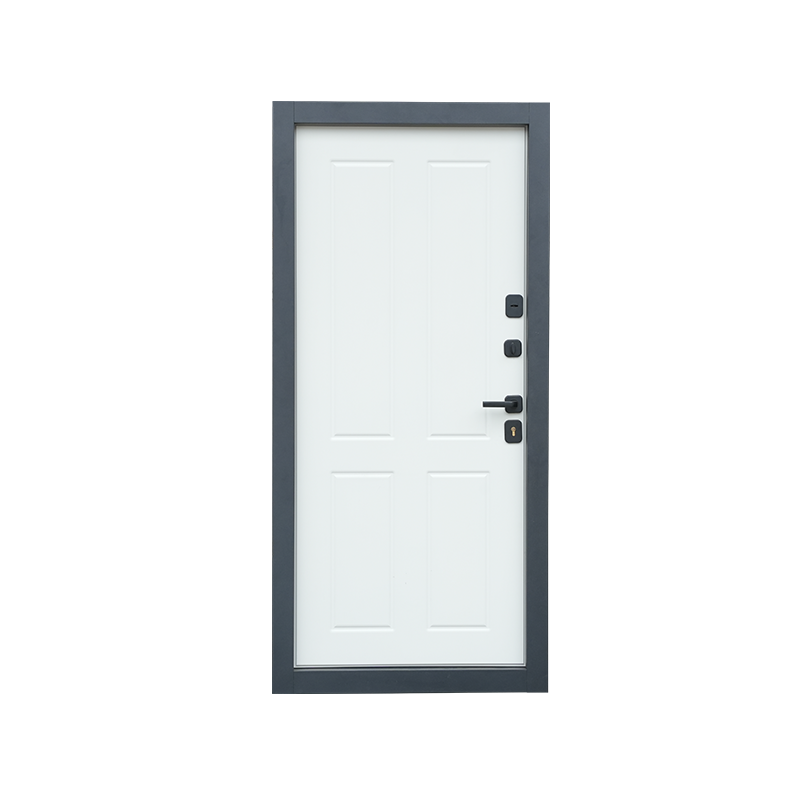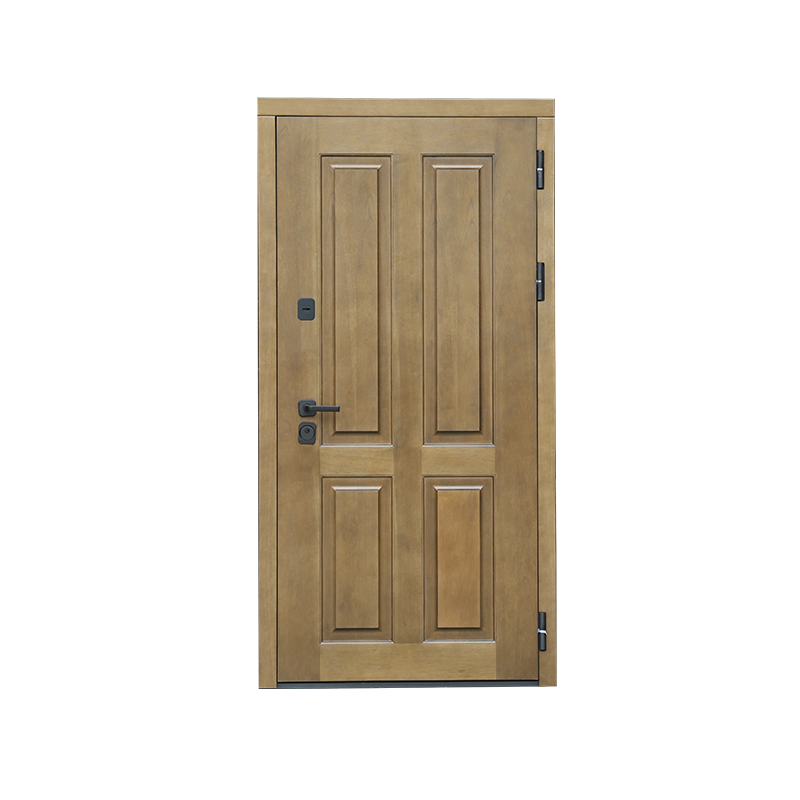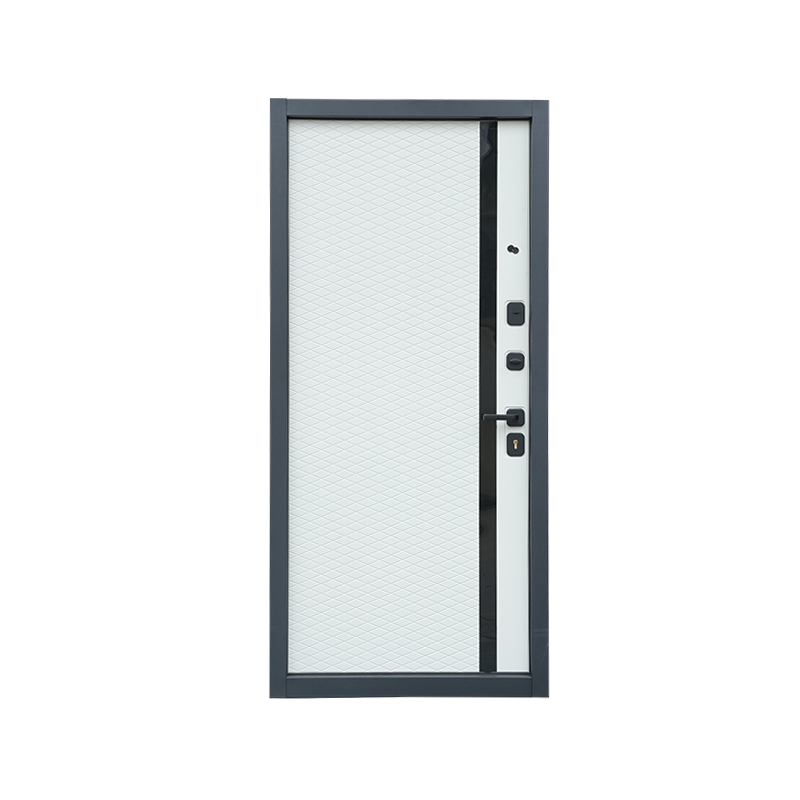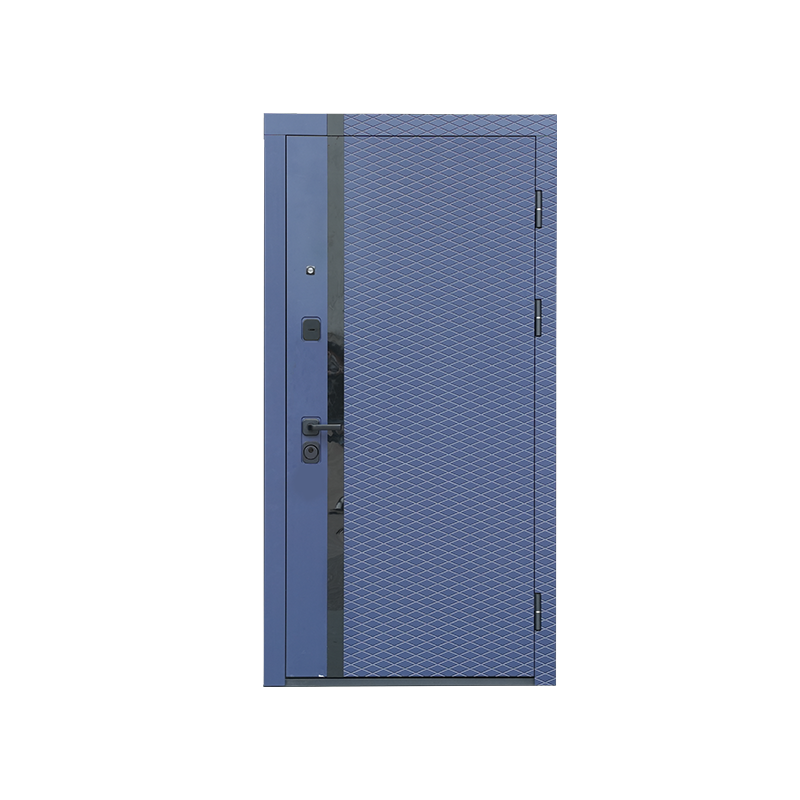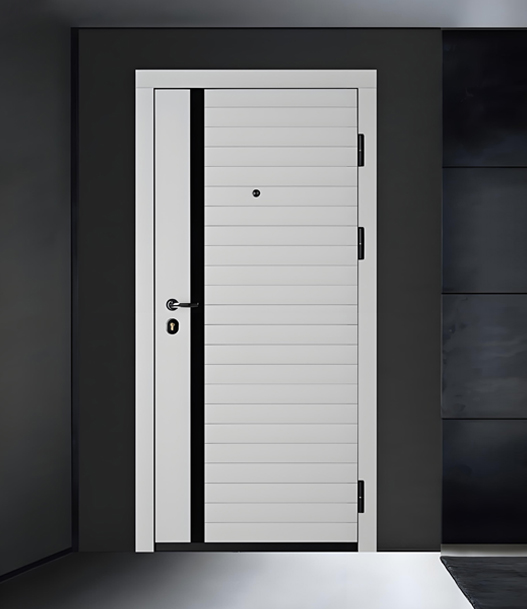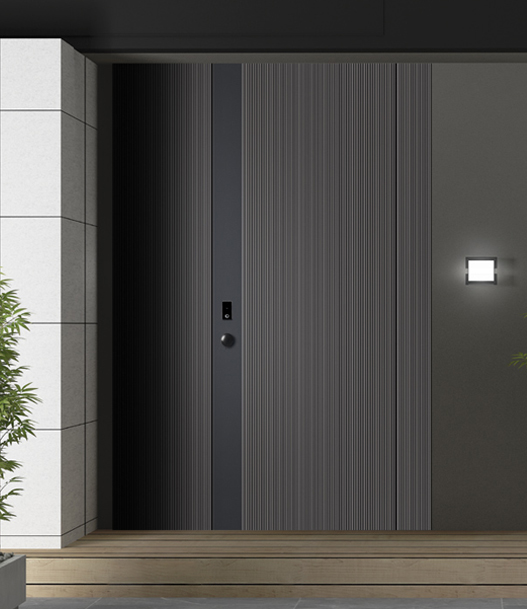The allure of a Smart Entrance Door is undeniable—enhanced security, seamless access control, and modern convenience rolled into your home's primary entry point. However, the true potential of these sophisticated systems hinges critically on one factor: correct installation. A poorly installed Smart Entrance Door can lead to malfunctions, security vulnerabilities, and frustration. Before welcoming this advanced technology into your home, here’s what you absolutely need to know about the installation process.
1. Pre-Installation Planning is Paramount
Don't rush into buying the first Smart Entrance Door you see. Careful planning is the bedrock of a successful installation.
Thorough Measurements: Accuracy is non-negotiable. Precisely measure the existing door frame's rough opening (width, height, and depth), the door slab size, and the swing direction. Even minor discrepancies can cause significant installation headaches or require costly frame modifications for your new Smart Entrance Door.
Structural Assessment: Is your current door frame sturdy, level, and square? Older homes or frames damaged by weather or pests may need reinforcement or complete replacement before installing a heavier Smart Entrance Door. These systems often incorporate robust materials and integrated technology, adding weight.
Power Source Proximity: Unlike traditional doors, a Smart Entrance Door requires a reliable power source for its electronic components (locks, sensors, access control, cameras). Determine the nearest power outlet. If one isn't conveniently located near the entry point, budgeting for professional electrical work to run a dedicated circuit is essential. Consider backup power options like battery systems for critical functions during outages.
Internet Connectivity: For full remote access, notifications, and integration with smart home ecosystems, a strong and stable Wi-Fi signal must reach the Smart Entrance Door location. Test the signal strength beforehand; a Wi-Fi extender might be necessary.
2. Understanding the Complexity: DIY vs. Professional Installation
While some tech-savvy homeowners might consider DIY, installing a Smart Entrance Door is generally not recommended for most people. Here's why:
Technical Integration: Beyond the physical door hanging, installation involves integrating complex electronics—smart locks, door position sensors, cameras, keypads, and often sophisticated access control systems like biometrics. Configuring these components securely and ensuring they communicate correctly requires expertise.
Security Calibration: The core promise of a Smart Entrance Door is enhanced security. Improperly installed sensors or misaligned locking mechanisms can create false security or, worse, actual vulnerabilities. Professionals understand how to calibrate these systems for optimal performance.

Weatherproofing and Sealing: Ensuring the Smart Entrance Door is perfectly sealed against the elements is crucial to prevent drafts, water damage, and energy loss. Achieving this requires precise fitting and knowledge of proper sealing techniques, especially around integrated electronic components.
Warranty Considerations: Many manufacturers explicitly state that professional installation is required to maintain the warranty on the Smart Entrance Door and its integrated components. DIY attempts that lead to damage could void this protection.
3. Key Installation Steps (Best Left to Pros)
Understanding the process highlights its complexity:
Preparation & Removal: The old door and frame are carefully removed, ensuring no damage to surrounding structures. The rough opening is meticulously cleaned and prepped.
Frame Installation: The new frame for the Smart Entrance Door must be perfectly level, plumb, and square. This is critical for smooth operation, proper sealing, and the correct functioning of automatic locking mechanisms and sensors. Shims are used strategically for precise alignment.
Door Hanging: The door slab is hung within the frame with precision hinges. Even minor misalignment here can cause binding, difficulty latching, or premature wear on the Smart Entrance Door's mechanisms.
Hardware & Electronics Installation: This is the core tech integration. Smart locks, strike plates, door position sensors, cameras, keypads, and wiring are meticulously installed and connected according to the Smart Entrance Door manufacturer's specifications. Wiring must be secured and protected.
Power & Connectivity: Connection to the dedicated power source is made safely. The Smart Entrance Door's control unit is connected to the home's Wi-Fi network, requiring proper configuration for security (strong passwords, encryption).
Sealing & Insulation: High-quality weatherstripping is applied meticulously around the entire perimeter of the Smart Entrance Door frame and the door slab itself to ensure an airtight and watertight seal. Insulation is added within the frame cavity if applicable.
Threshold Alignment: The bottom seal or automatic threshold (common on high-end Smart Entrance Door models) must be perfectly aligned to seal effectively without impeding door movement.
System Calibration & Testing: This vital final step involves calibrating sensors, testing the locking mechanism repeatedly under different conditions (powered/unpowered), ensuring smooth automatic operation (if applicable), verifying camera angles and connectivity, and testing all access methods (app, keypad, fingerprint, traditional key override). Security protocols are activated and confirmed.
4. Avoiding Common Installation Pitfalls
Even with professionals, being aware of potential issues helps ensure a smooth process for your Smart Entrance Door:
Inadequate Power Supply: Underestimating power needs can lead to system instability or lockouts. Ensure the circuit can handle the load, especially if the Smart Entrance Door incorporates heating elements or powerful motors.
Ignoring Structural Issues: Installing a heavy Smart Entrance Door on a compromised frame is a recipe for future problems—sagging, misalignment, and operational failure.
Poor Weathersealing: Gaps allow drafts, water ingress, and energy waste, undermining the efficiency and comfort promised by your Smart Entrance Door.
Rushed Calibration: Skipping thorough testing of every sensor, lock cycle, and access method can leave latent issues undiscovered until they become critical problems.
A Smart Entrance Door represents a significant investment in your home's security, convenience, and value. While the technology is impressive, its flawless operation and the safety it provides are fundamentally dependent on meticulous installation. By prioritizing pre-installation planning, acknowledging the technical complexity, and investing in certified professional installation, you ensure that your Smart Entrance Door performs reliably and securely for years to come. Don't let installation shortcuts compromise the sophisticated potential of your new Smart Entrance Door. Proper setup is the true key to unlocking its full benefits and enjoying lasting peace of mind. Choosing the right team to install your Smart Entrance Door is as crucial as choosing the door itself.

 English
English русский
русский Español
Español عربى
عربى